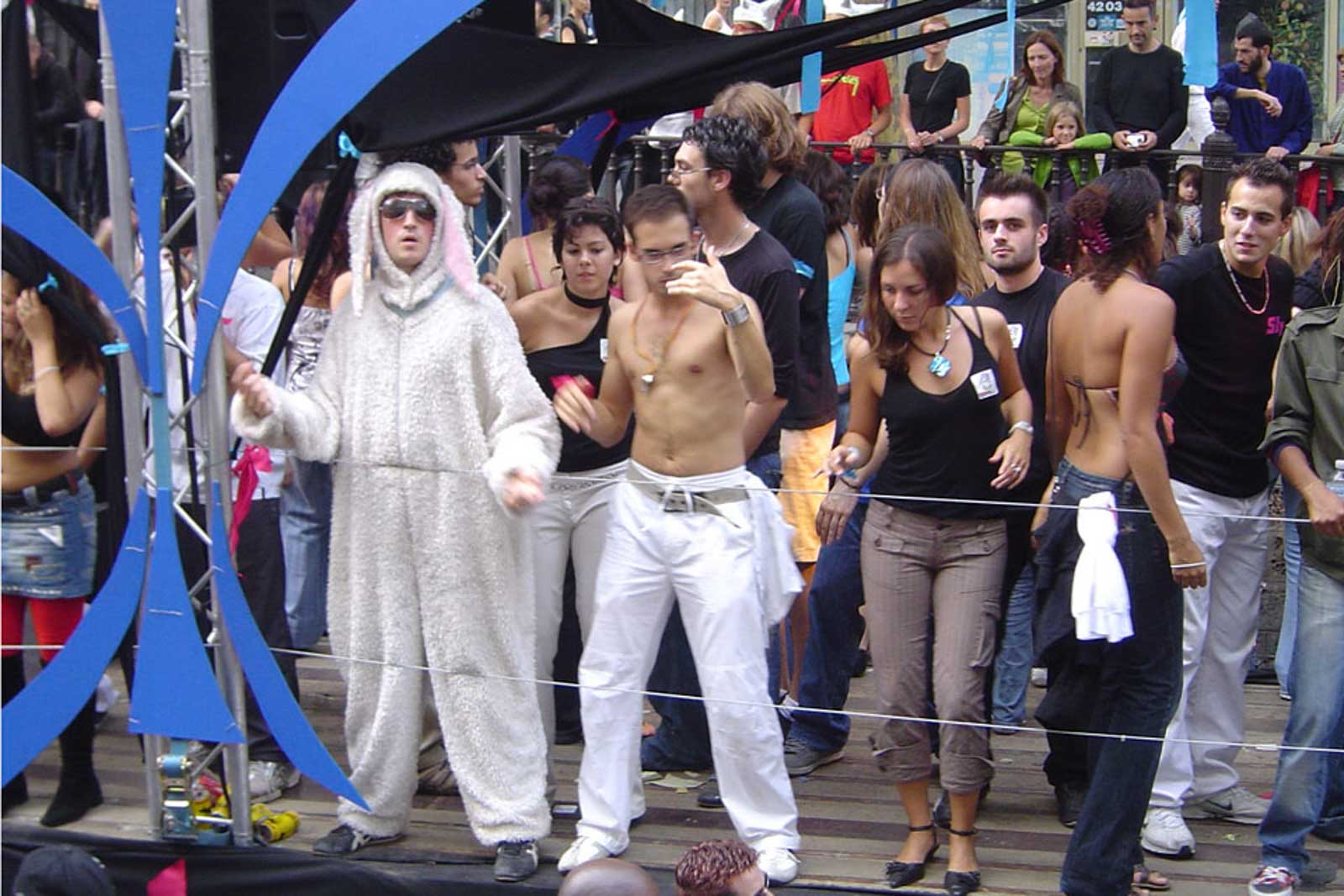When the Wall fell, popular culture rose to a new level of social relevance. Wind of Change? More like a tsunami! The Nineties washed over the increasingly globalized media landscape in a tidal wave of catchy tunes, cult movies, TV series and show stars. FACES rolls up the decade – and publishes an encyclopaedia on the age of grunge, girl groups, GZSZ and techno parades in loose succession.
Take it to the streets! In the final step from underground to mass phenomenon, the techno circus is moving through Europe’s city centers, buzzing with lovemobiles. Until… Exactly, until the tragedy in Duisburg.
Record attendance? Year 2018, with 1.1 million fence and dance guests. The Zurich Street Parade is a late bloomer – and a relic. In 1993, ravers parade around the lake basin (under this name) for the first time. At a time when similar Nz-nz parades are springing up all over the city. The Love Parade in Berlin of course, the Union Move in Munich, the Reincarnation in Hanover, Generation Move in Hamburg, and later the Lake Parade in Geneva.
Sure, the roots go back further, to Kraftwerk, to Detroit… But with the parades, techno is establishing itself as a veritable youth culture. Hundreds of thousands march through urban canyons, Monkey in a Cage at 150 decibels: a summer costume party for some (although certain costumes make do with very little fabric), a freak show for others. In the new millennium, most of the projects petered out. Not the Love Parade, which has been held since 1986 (peaking in 1999 with 1.5 million people), but which moves from Berlin to the Ruhr area.
The tragic conclusion follows in 2010: mass panic in Duisburg, 21 dead, over 500 seriously injured, countless traumatized people. The B parade announced as its successor never takes place. A global pandemic is needed to cancel the Street Parade in Zurich in 2020. It will be continued in 2021. Well, maybe.









